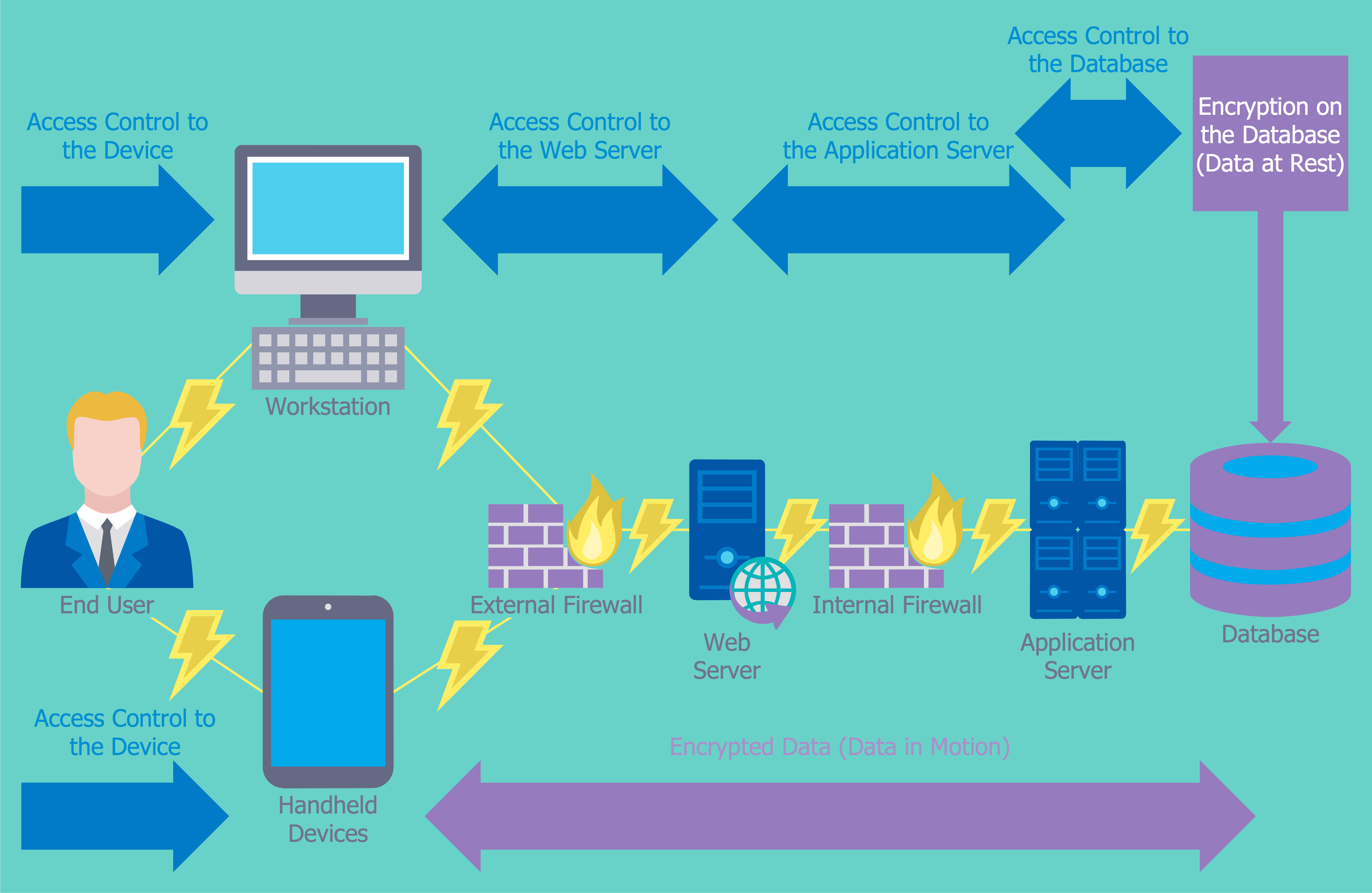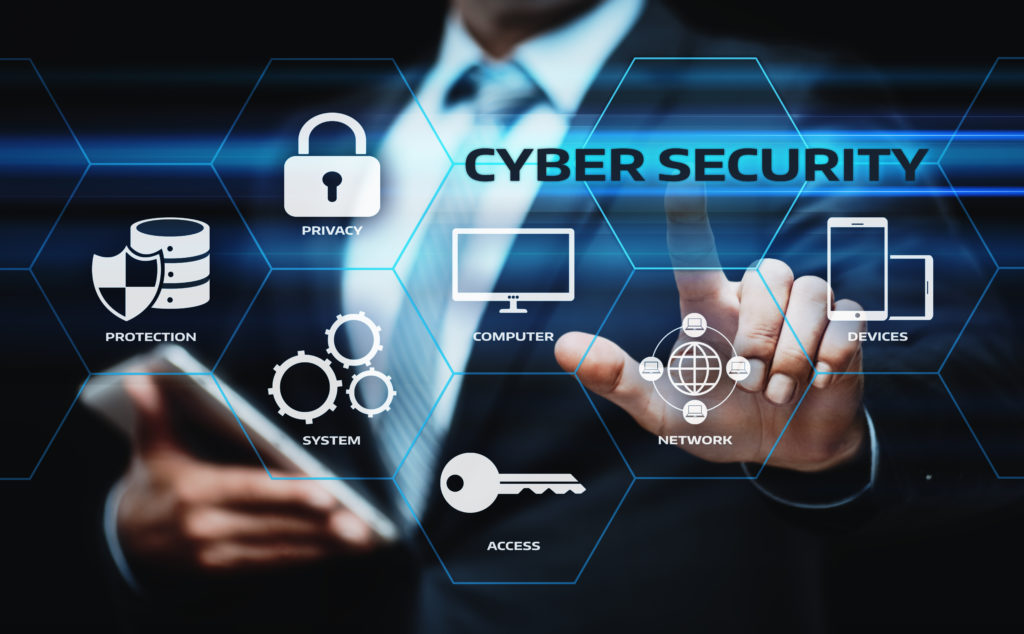The Crucial Function of Information and Network Security in Safeguarding Your Info
In a period where data breaches and cyber risks are significantly prevalent, the significance of robust information and network security can not be overstated. Organizations has to not only safeguard delicate details yet also ensure compliance with advancing regulatory criteria. The execution of effective safety procedures, such as encryption and gain access to controls, is essential to maintaining count on and functional stability. The landscape of cyber dangers is frequently changing, elevating inquiries about the competence of present methods and what new strategies might be essential to remain in advance of possible risks. What exists in advance in this intricate safety environment?
Recognizing Information Safety And Security
In today's electronic landscape, an overwhelming bulk of companies face the intricacies of data safety and security. This essential element of info technology includes securing delicate data from unauthorized accessibility, corruption, or theft throughout its lifecycle. Information safety and security incorporates numerous methods and modern technologies, including security, access controls, and information masking, all focused on protecting details versus breaches and vulnerabilities.
A basic aspect of information security is the identification and category of data based upon its level of sensitivity and relevance. This category assists organizations prioritize their safety and security initiatives, designating sources to shield the most critical info effectively. Implementing durable plans and treatments is vital to make sure that staff members recognize their function in preserving information security.
Regular audits and analyses aid in recognizing potential weaknesses within an organization's data safety and security framework. Furthermore, worker training is important, as human error stays a considerable aspect in data breaches. By fostering a culture of security recognition, companies can minimize threats connected with insider risks and neglect.
Value of Network Safety
Network safety stands as a foundation of an organization's overall cybersecurity strategy, with approximately 90% of businesses experiencing some form of cyber threat in the last few years. The significance of network safety and security hinges on its ability to shield delicate details and preserve the stability of service operations. By safeguarding network infrastructures, organizations can prevent unapproved access, information violations, and various other destructive tasks that can jeopardize their assets and credibility.
Carrying out robust network protection gauges not just aids in mitigating dangers however also cultivates depend on among clients and stakeholders. When clients are assured that their financial and individual details is safe, they are much more most likely to engage with the company, causing enhanced customer commitment and organization development.
Moreover, a well-structured network protection framework assists in compliance with different governing requirements. Organizations should abide by industry requirements and lawful mandates concerning information protection, and efficient network security methods can make certain compliance, therefore avoiding prospective fines.

Common Cyber Hazards
Organizations have to stay attentive against a variety of cyber dangers that can weaken their network safety and security initiatives. Amongst one of the most usual dangers is malware, which includes viruses, worms, and ransomware that can interrupt procedures, take data, or hold information captive. Phishing assaults, where harmful actors pose relied on entities to trick individuals into revealing delicate info, continue to grow in sophistication, making user education and learning essential.
Another widespread threat is dispersed denial-of-service (DDoS) attacks, which overload systems with traffic, rendering them inaccessible to legitimate users. Expert dangers, whether deliberate or unintentional, present substantial risks as employees may accidentally expose sensitive data or purposefully exploit their access for harmful functions.
Furthermore, susceptabilities in software and equipment can be made use of by cybercriminals, highlighting the importance of regular updates and patch management. Social design techniques even more make complex the landscape, as attackers manipulate individuals right into disclosing secret information via emotional manipulation.
As these dangers advance, companies must preserve a positive approach to identify, mitigate, and respond properly to the ever-changing cyber risk landscape, guarding their beneficial details and maintaining trust with stakeholders. fft pipeline protection.
Best Practices for Defense
Carrying out robust safety and security measures is essential for safeguarding delicate details and preserving operational honesty. Organizations should start by performing thorough threat evaluations to identify vulnerabilities within their systems. This aggressive strategy makes it possible for the prioritization of security campaigns customized to the certain needs of the organization.
Adopting solid password policies is vital; passwords need to be complicated, frequently changed, and managed utilizing safe and secure password management tools. Multi-factor verification (MFA) includes an extra layer of safety and security Click This Link by needing added verification techniques, thus minimizing the risk of unauthorized gain access to.
Regular software program updates and spot administration are crucial to shield against recognized vulnerabilities. Applying firewall softwares and invasion discovery systems can even more protect networks from outside risks. Worker training is just as vital; team must be informed on recognizing phishing efforts and understanding the significance of information safety and security methods.
Information file encryption should be employed for delicate details, both at rest and in transit, to make certain that also if information is intercepted, it stays hard to reach (fft pipeline protection). Lastly, organizations should establish and consistently examination incident response plans to guarantee quick action in case of a safety violation. By adhering to these best practices, companies can boost their protection stance and shield their essential information properties
Future Trends in Safety
The landscape of data and network safety and security is constantly developing, driven by developments in technology and the increasing refinement of cyber hazards. As companies progressively adopt cloud computer and IoT gadgets, the paradigm of security will certainly move toward a zero-trust model. This approach stresses that no entity-- external or inner-- is naturally trusted, mandating verification at every access factor.
Moreover, making use of expert system and artificial intelligence in safety procedures is on the surge. These modern technologies allow predictive analytics, enabling organizations to recognize vulnerabilities and possible risks before they can be made use of. Automation will likely play a pivotal duty in enhancing security reactions, reducing the time required to mitigate violations.
In addition, regulative structures will remain to tighten up, necessitating much more rigorous compliance procedures. Organizations has to stay abreast of progressing regulations to ensure they satisfy security standards.

Final Thought
In final thought, the significance of data and network protection can not be overstated in the contemporary electronic landscape. With the frequency of cyber threats and the boosting intricacy of regulatory demands, companies have to adopt detailed protection measures to secure delicate information.
In an age where information violations and cyber threats are progressively common, the relevance of Go Here durable data and network safety and security can not be overemphasized. Information security includes numerous strategies and innovations, including file encryption, accessibility controls, and data masking, all aimed at protecting info against violations and vulnerabilities.
A fundamental aspect of data safety is the identification and category of data based on its sensitivity and value.The landscape of information and network protection is constantly developing, driven by improvements in innovation and the see this page boosting class of cyber threats.In conclusion, the relevance of data and network security can not be overemphasized in the modern digital landscape.